Recently, it`s the tea-picking season, which is also a good time for tea tasting. However, modern life is busy, and there`s rarely time to sit down and brew a pot of tea, so tea bags are often used instead. Today, let`s share some knowledge about tea bags.
How were tea bags invented?
The origin of tea bags dates back to a beautiful mistake. Tea bags were first conceived in 1908 by a New York tea merchant named Thomas Sullivan, who accidentally put a small amount of tea leaves into small silk bags to enhance the quality and reduce costs. However, some customers mistakenly thought these silk bags were meant for steeping tea, so they placed the entire tea bag in hot water and discovered that brewing tea this way was more convenient. Thomas cleverly turned this phenomenon into a business opportunity by improving the tea bags to make them more suitable for steeping, thus giving birth to the convenient way of drinking tea known as tea bags. Another version states that tea bags first appeared in 1901 in Wisconsin, USA, invented by Roberta C. Lawson and Mary Morran. However, this invention did not succeed in the market. Whether it`s Thomas Sullivan or Roberta C. Lawson, the advent of tea bags undoubtedly revolutionized the way tea is brewed.
Who invented the pyramid-shaped tea bag?
As time went on, tea bags further evolved, especially in the 1930s, when tea bags combined with the Cut, Tear, Curl (CTC) tea-making technique, allowing black tea to release its aroma more quickly and provide better brewing results. The revolutionary nature of tea bags did not stop there. In 1949, German engineer Adolf Rambold invented a double-layered tea bag with a W-shaped bottom, providing more space for tea leaves to expand more quickly and release more aroma. Subsequently, tea merchants continued to improve based on this design, introducing the common pyramid-shaped and square-shaped tea bags seen today.
What`s the difference between pyramid-shaped tea bags and flat ones?
Flat tea bags are the most common form of tea bags, and are a classic product of “Lipton”. Flat tea bags usually use cotton paper to package crushed tea leaves, which were initially fixed with staples, but later switched to cotton thread for food safety reasons. The drawback of flat tea bags is that they are prone to crush the tea leaves, affecting the release of flavor. As people`s demand for quality increased, flat crushed tea leaves could no longer meet market demands, leading to the emergence of “whole leaf” tea bags. “Whole leaf” tea bags refer to using whole or cut leaves to make tea bags, which not only look more beautiful, but also because they can fully expand in the triangular space, resulting in a fresher, less bitter taste.
Why do some people think tea bags are all of inferior quality?
There could be several reasons: Tea bags made from crushed tea leaves are low cost but may also produce a bitter taste. There are rumors that some people use discarded tea leaves swept from the ground to make tea bags. Tea bags lack the ritual and cultural significance of traditional tea-making methods.
Why are some tea leaves in whole leaf tea bags somewhat crushed?
Some tea leaves in whole leaf tea bags are somewhat crushed mainly because straight tea leaves are prone to breakage or cutting during the packaging process. For example, black tea, oolong tea, and Eastern Beauty. This is also related to the equipment. Straight tea leaves are easy to entangle with each other, and the equipment`s feeding holes are relatively small, so the tea leaves need to be cut shorter to ensure smooth weighing and feeding. Otherwise, it may cause feeding hole blockage or overfilling.
What should you pay attention to when buying tea bags?
In addition to quality and taste, the most important thing is food safety. When buying tea bags, pay attention to the following points: Check whether the product label of the tea bag is complete and clear, including origin, ingredients, expiration date, etc. Whether the tea leaves in the tea bag have pesticide test reports. Whether the inner bag, cotton thread, label, and outer bag of the tea bag meet the standards of the food packaging dissolution test. Tea bags made of PLA corn starch material. Choose tea bag products or manufacturers that have passed food safety certifications such as ISO22000, FSSC22000, etc. Avoid purchasing expired or damaged tea bag products. Store tea bags away from direct sunlight or high temperature and humidity.
How to brew a good cup of tea using tea bags?
Once you`ve selected your tea bags, it`s time to brew tea. Brewing tea may seem simple, but there are also some tricks to it. Here are a few tips for brewing tea: Choose the right water temperature: Different types of tea leaves require different water temperatures. Generally, black tea, oolong tea, and pu-erh tea with high fermentation levels are suitable for steeping in boiling water; while green tea, white tea, and yellow tea with low fermentation levels are suitable for steeping in water at 80 to 90 degrees Celsius. Control the brewing time: Brewing time also affects the taste and concentration of the tea soup. Generally, black tea, oolong tea

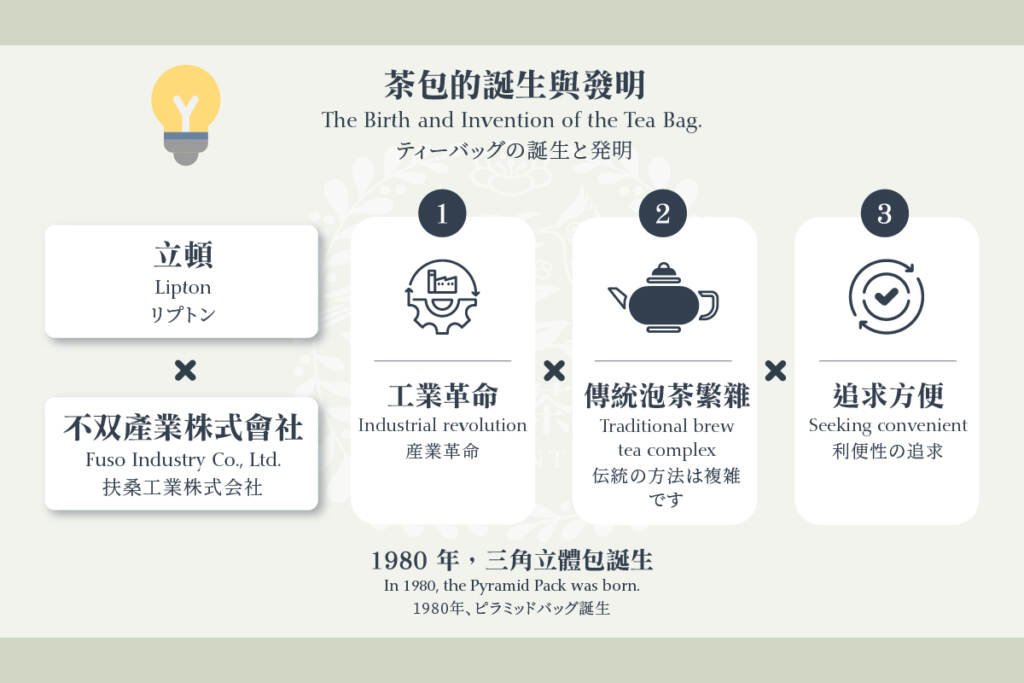
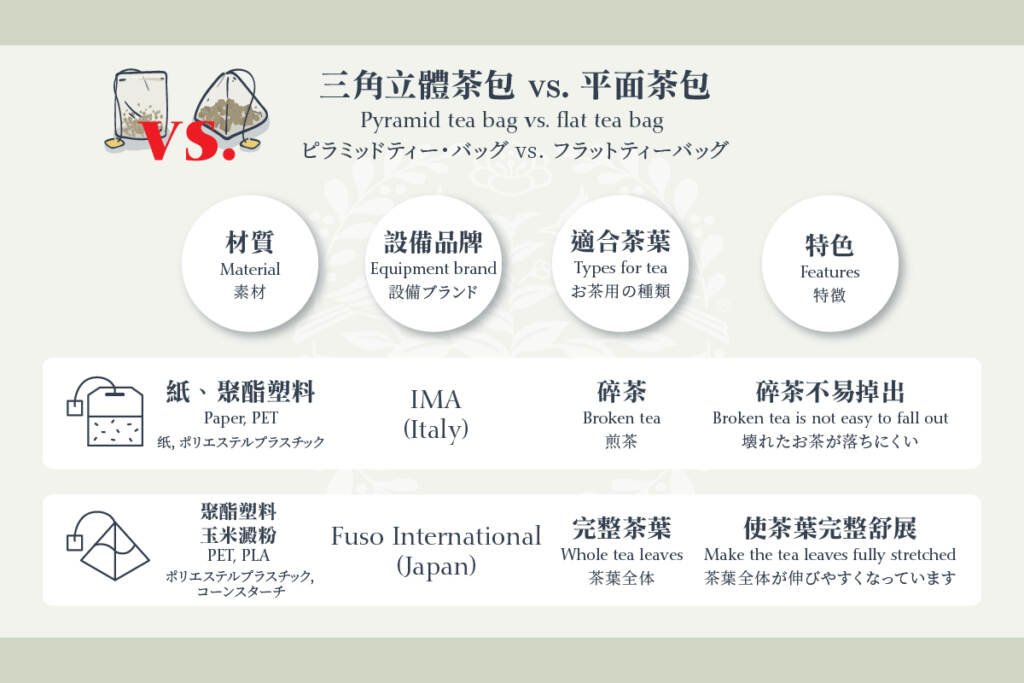

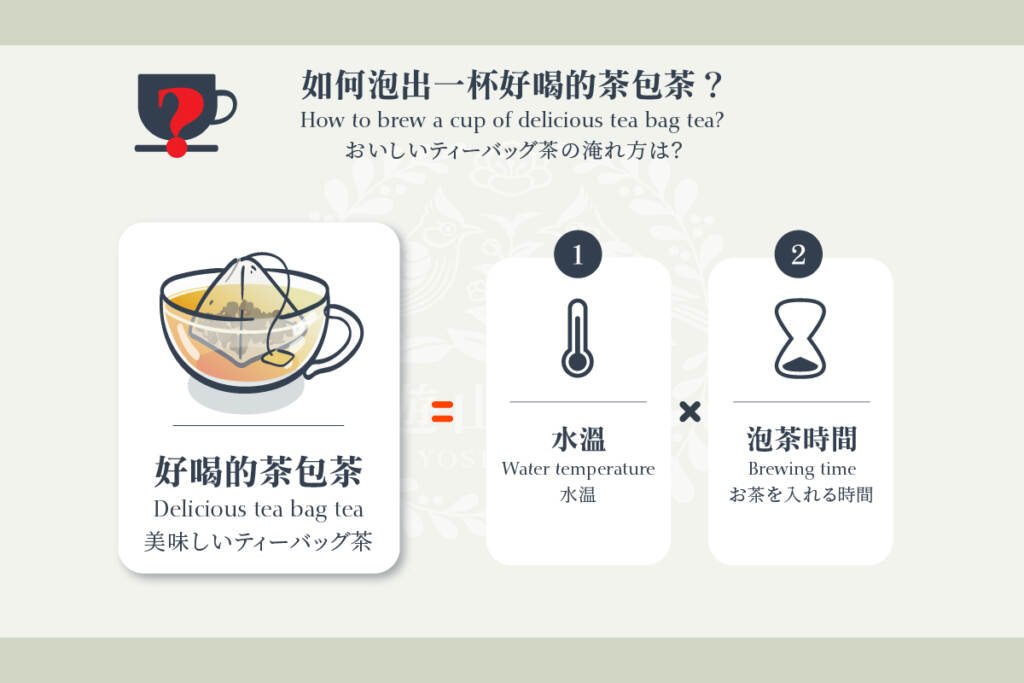

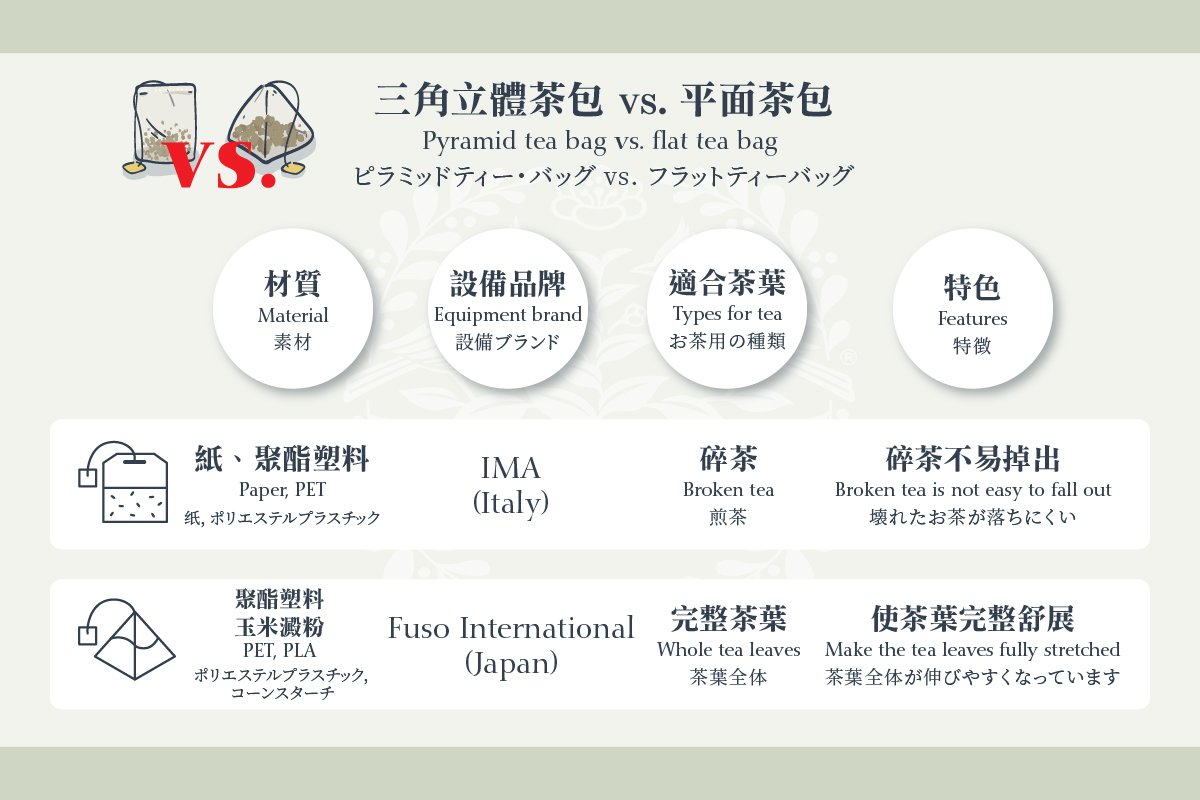
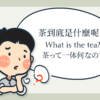

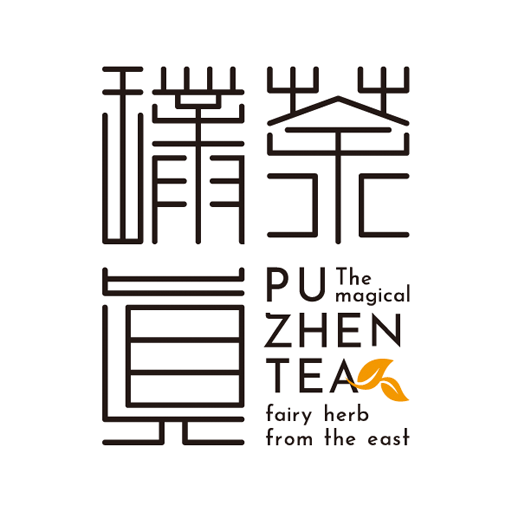
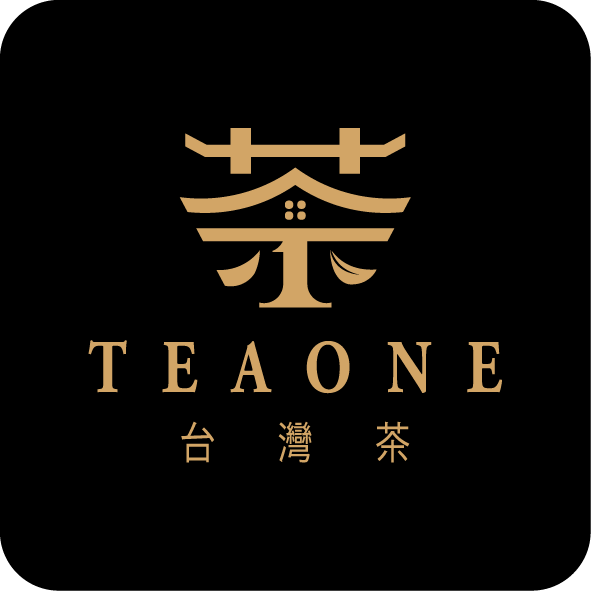
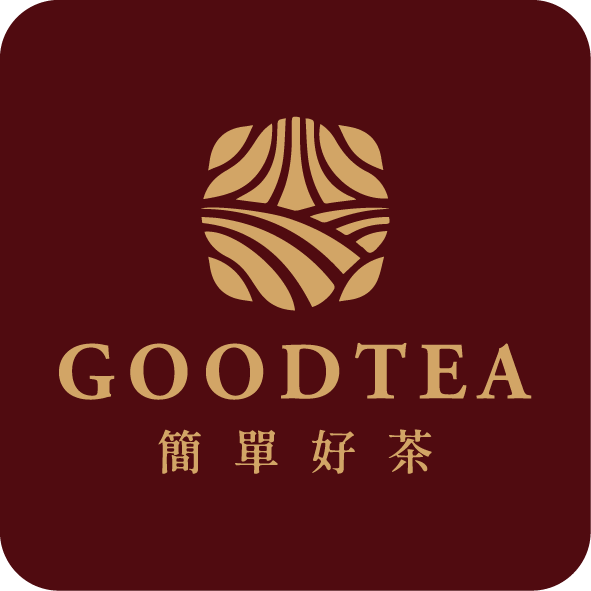
Leave a reply